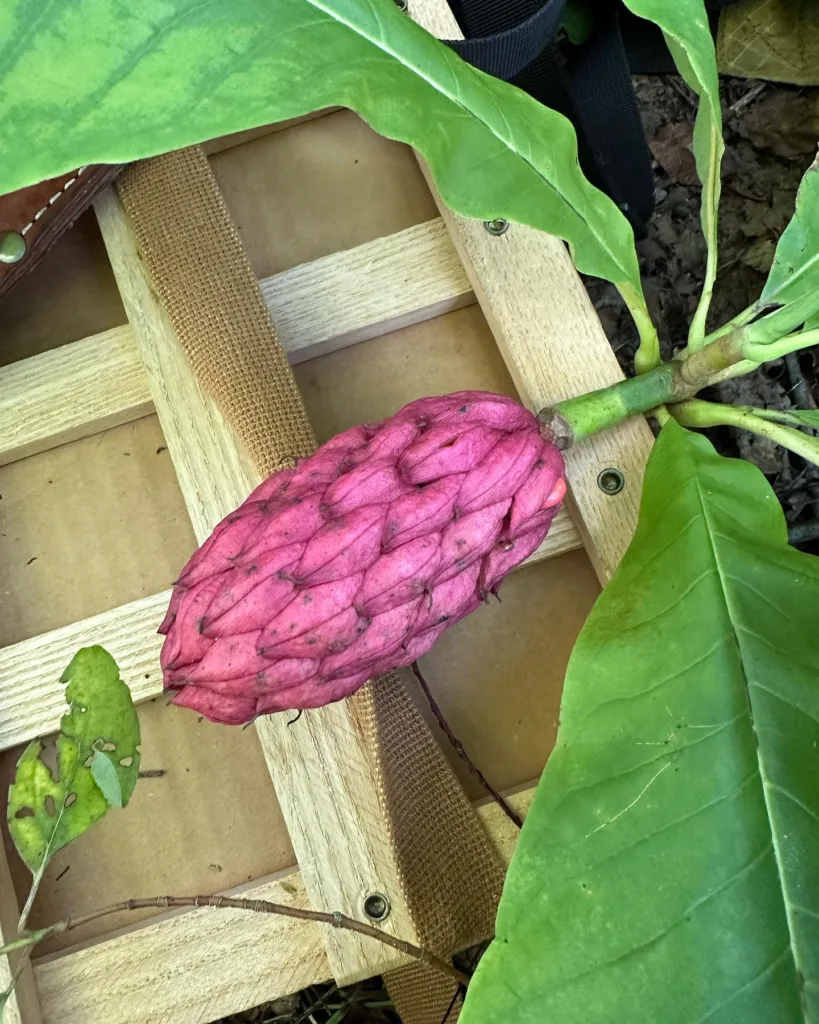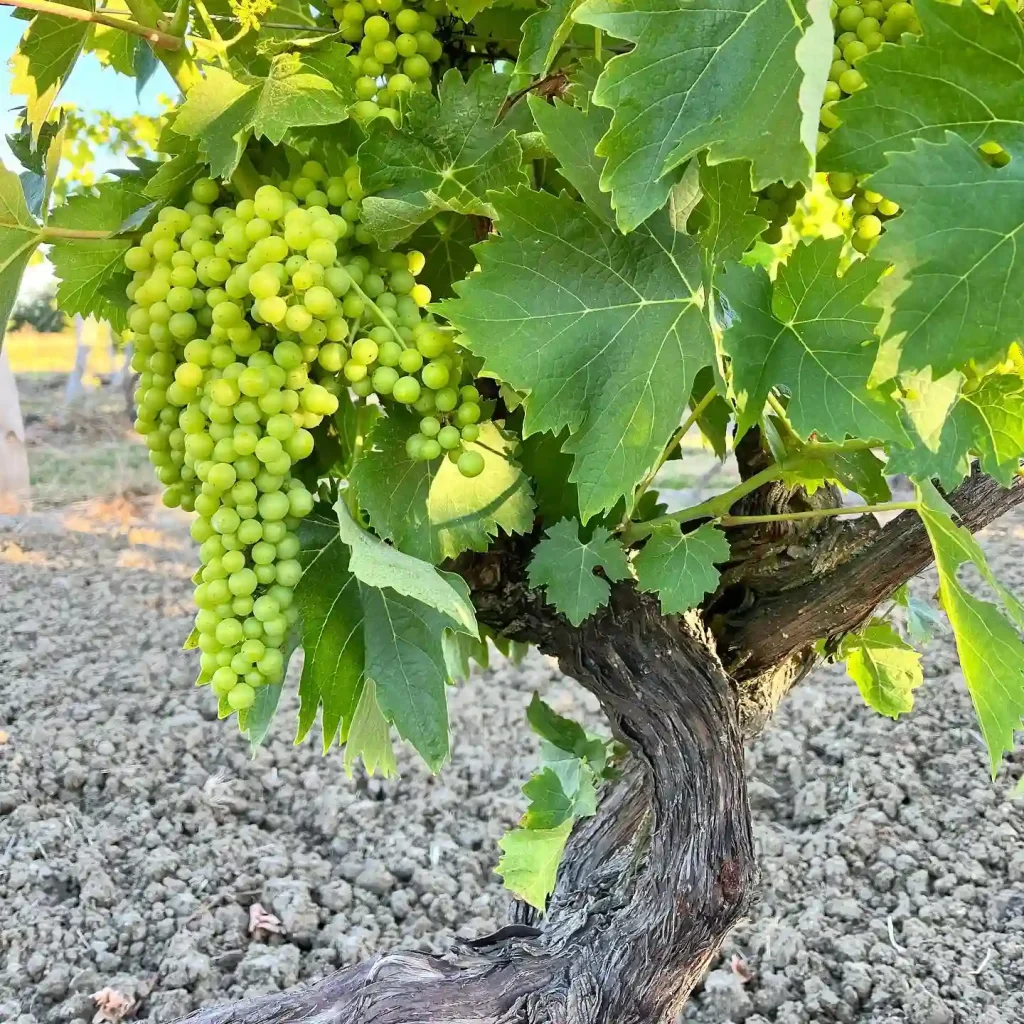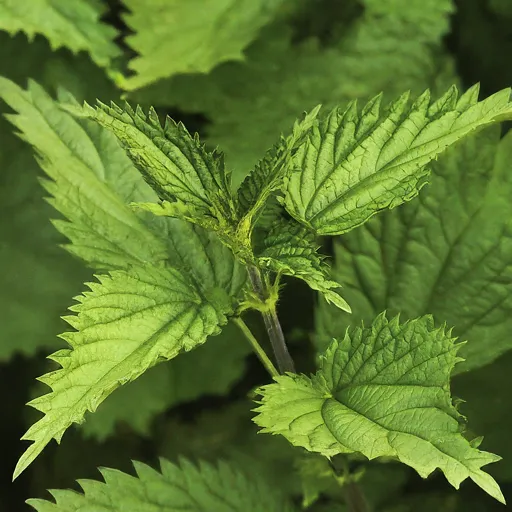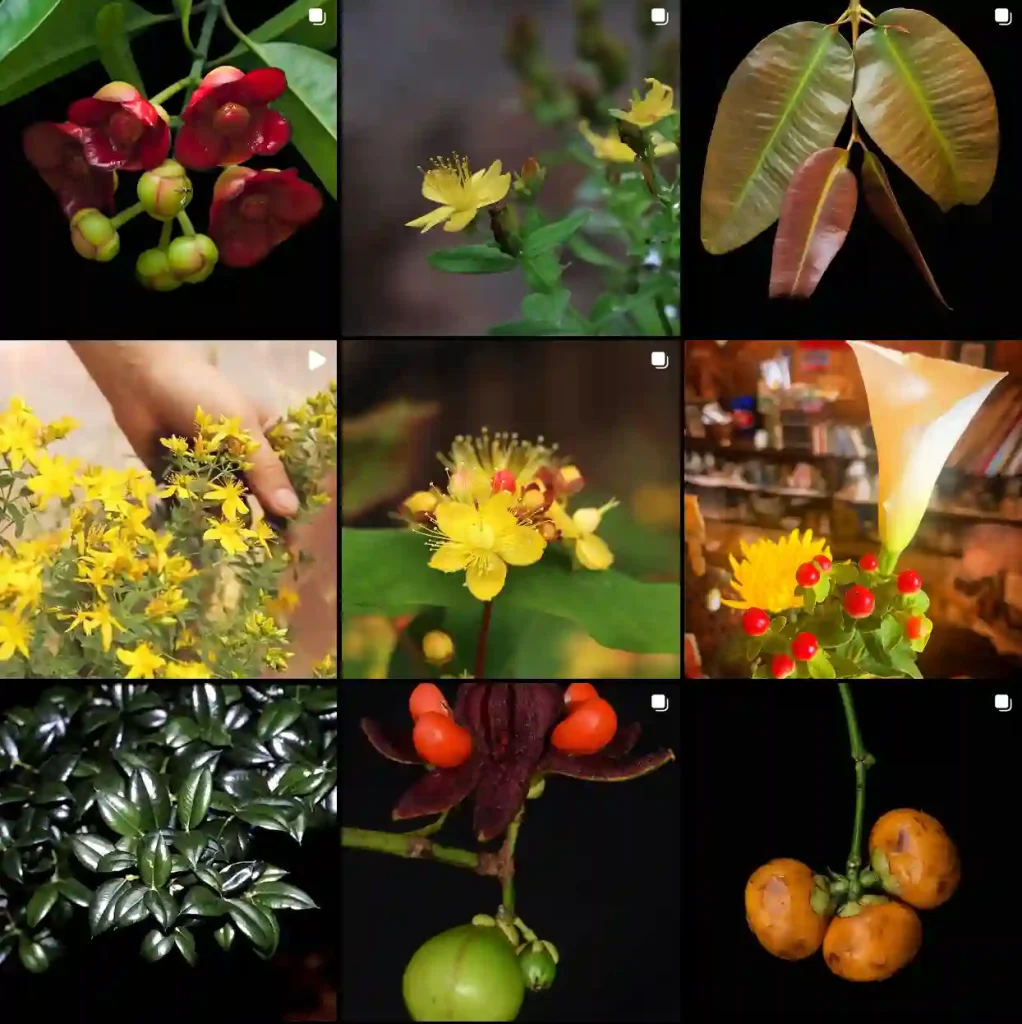
The Enduring Appeal of the Whale’s Tongue Agave: A Plant for the Patient Gardener
The world of succulents is vast and alluring, filled with an incredible array of shapes, sizes, and textures. But for those seeking a sculptural specimen with a touch of whimsy, the Agave Ovatifolia, or Whale’s Tongue Agave, stands out.
This captivating succulent has captivated me for years. Its broad, silvery-gray leaves, cupped and plump, resemble a giant, undulating tongue. Unlike its offset-happy agave cousins, the Ovatifolia grows as a solitary rosette, adding a touch of architectural interest to any garden.
304 Species in Genus Agave
What is Agave Ovatifolia?
The Whale’s Tongue Agave hails from the harsh environment of the Chihuahuan Desert in northern Mexico. This translates to a plant that thrives on neglect. Full sun and well-draining soil are its only real demands. In fact, overwatering is the enemy of this desert dweller.
While growth is slow, the reward is a captivating focal point that can reach up to 4 feet tall and 6 feet wide. The mature plant boasts a dramatic flower stalk that erupts from the center, adorned with greenish-yellow blooms. This floral display, however, is a one-time event, signifying the end of the main rosette’s life cycle. But fear not, for new life often emerges in the form of bulbils produced alongside the flowers.
How to Care for Your Agave Ovatifolia?
As mentioned before, caring for the Whale’s Tongue Agave is delightfully simple. Here’s a quick guide:
- Light: Full sun is ideal.
- Soil: Opt for a well-draining succulent or cactus mix.
- Watering: Water deeply but infrequently, allowing the soil to dry completely between waterings.
- Fertilizer: Feeding is unnecessary. In fact, too much fertilizer can harm the plant.
Remember, this agave thrives on neglect. Resist the urge to coddle it, and you’ll be rewarded with a healthy, low-maintenance specimen.
Winter Woes? Not for the Whale’s Tongue Agave
This surprisingly cold-hardy succulent can withstand temperatures down to the low 20s Fahrenheit. However, if you live in a region with harsh winters, consider providing some protection, such as a layer of mulch around the base of the plant.
Can I Propagate Agave Ovatifolia?
Propagating the Whale’s Tongue Agave can be an exercise in patience. Unlike its offset-producing relatives, this agave grows as a single rosette. However, there are two methods for propagating this unique succulent:
- Seed: This is a slow process, and seedlings can take years to reach maturity. But for the dedicated gardener, the satisfaction of nurturing a Whale’s Tongue Agave from seed is unparalleled.
- Bulbils: These small bulb-like structures that form around the flower stalk offer a more reliable method of propagation. Once the bulbils detach from the flower stalk, allow them to dry for a few days before planting them in a shallow pot with well-draining soil.
The Perfect Companion for Your Whale’s Tongue Agave
The sculptural form and muted tones of the Whale’s Tongue Agave make it a versatile addition to various garden styles. Here are some ideas for companion plants:
- Low-growing succulents: Echeveria, Sedum, and Sempervivum all complement the agave’s form and texture.
- Ornamental grasses: The movement and contrasting textures of grasses like Blue Fescue or Hair Grass add a touch of softness.
- Colorful perennials: For a burst of color, consider planting low-water perennials like Salvia or Yarrow around the base of the agave.
With its architectural presence and easygoing nature, the Whale’s Tongue Agave is a succulent that will reward patient gardeners for years to come. So, if you’re looking for a low-maintenance conversation starter for your garden, consider welcoming this enduring desert beauty into your life.
If i die, water my plants!



